Have you ever spent a day shooting a wedding or walking through a city doing street photography or hiking trails in search of the perfect landscape? Recall how exhausted you were at the end of your day? I don’t mean just your aching back and sore feet; I’m referring also to how mentally drained you may have been. What many non-photographers and new photographers often fail to appreciate is the mental aspect of the photo-making craft. Even seasoned photographers may not be consciously aware of this while shooting, but the fact is a lot of thought goes into creating a worthwhile photo. That’s why the tiredness you feel at the end of an all-day shooting session is more than just physical.
So, if you’re interested in learning how to think like a photographer, below you will find seven things you should always be thinking about before you press the shutter button.
Is My Shutter Speed Correct?
“Correct” could mean lots of different things, but the point is to make sure your shutter speed is fast enough or slow enough to capture and present the subject with the intended motion effect. If you need to freeze fast moving cars or athletes on a playing field, you will need a fast shutter speed. If you want to convey motion through the use of blur, you’ll need a slower shutter speed. Want to do some astrophotography? Of course you will need to use a long shutter speed for the night sky, but you will need an even longer shutter speed if you want to photograph star trails.
How Much Depth of Field Do I Want?
How much of your subject do you want to be in focus? It’s a subject matter when it comes down to it, but some subjects work better with less depth of field, while other subject work better with more. Landscapes, for instance, are often shot with an aperture of f/11 or f/16 to ensure everything is in clear focus. On the other hand, if you are shooting a portrait, you might use f/1.8 or f/2 to bring attention primarily to the subject’s eyes. As with shutter speed, choose depth of field based on how you want to present your subject.
Is My Composition Working?
Thoughtful composition is simply a matter of presenting the various elements within a scene in the most visually effective way possible. As you might have guessed, this is also a highly subjective matter, though there are plenty of well-established composition “rules” that you can follow: rule of thirds, fill the frame, leading lines, symmetry, etc. The nature of your subject and your surroundings will play an important role in deciding how to compose your shot, but don’t get caught up in using a particular rule of composition just for the sake of using that rule — just make sure you compose with the goal of displaying your subject in an interesting way.
What’s Going on in the Background?
Preferably, not much. An experienced photographer is adept at framing a shot in such a way that eliminates or minimizes distracting elements in the background. How clean of a background you can achieve certainly varies by location — you may have more background distractions to contend with in a busy city than on a beach. Regardless of your location, always scan the background of the scene you’re about to photograph and check to see if there is anything that would detract from the impact of your main subject. If necessary, reframe the shot or use a large aperture to blur the background.
How is My Focus?
If your camera’s autofocus system is any good, you won’t have much to worry about in terms of general focus, but it is still up to you to make sure you are focusing on the desired part of the subject. This is especially true when working with large apertures like f/1.4 or f/1.8, as it is considerably more difficult to nail focus than it is when using an aperture of f/11. And things become increasingly testy if you choose to use manual focus, so you will want to make use of focusing aids such as peaking or magnification.
Is the Lighting Right?
Terrible lighting will lead to terrible photos. If the light is hard, for example, you can end up with deep shadows, unwanted reflections and specular highlights, washed out colors — none of which are characteristics of a good photo. If you’re shooting in natural light, there’s nothing you can do to the light source itself; sometimes your best bet is simply to wait for the lighting to change or find a shaded area. Artificial lighting obviously allows you exercise complete control over it, so it is to your advantage to learn how. No matter the source, don’t press that shutter until you’ve made sure the lighting agrees with your vision for your photo.
How Interesting is This Photo?
At this point you want to take an overall assessment of the scene. Your goal is to create an interesting photo, which means you need an interesting subject composed in an interesting manner, free of distractions, in sharp focus, and properly lit. If any of these attributes are, in your opinion, lacking, all you have to do is recompose, relocate, refocus, or whatever it takes to fulfill your creative vision. Once you’ve satisfactorily made the necessary adjustments…click and be happy.
These seven questions aren't the only things that run through a photographer's mind before pressing the shutter, but they are some of the most pertinent considerations to make. In time, these questions will become a naturally integrated part of your photography workflow. You'll be able to do what anyone who is particularly good at something is able to do: make it look easy even if it really isn't.
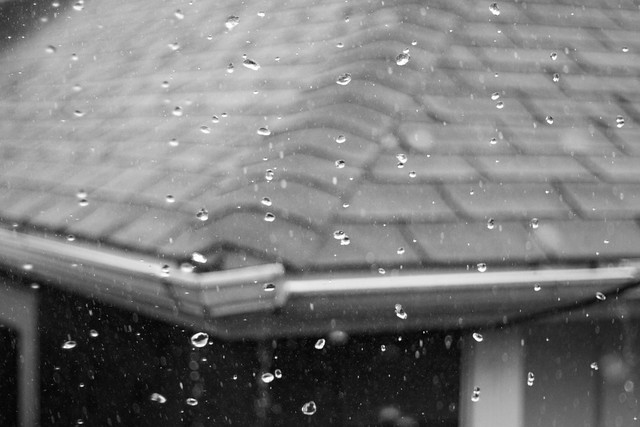
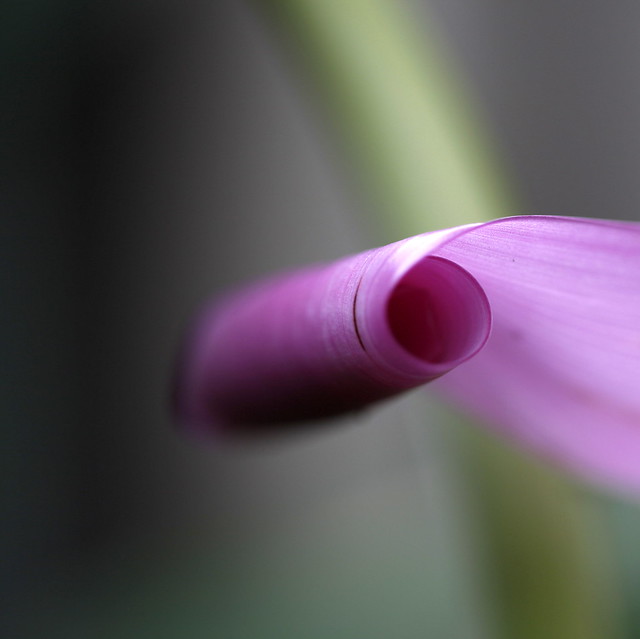
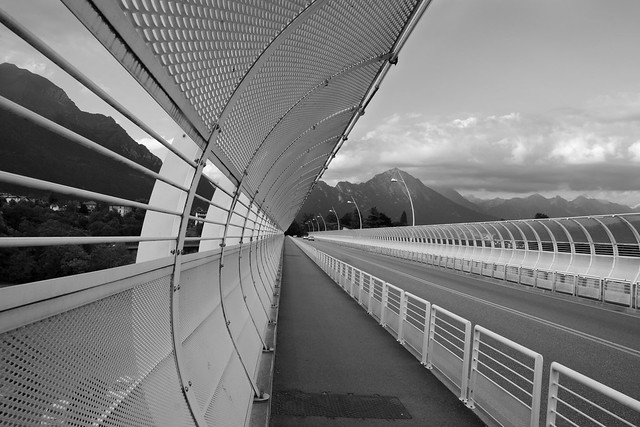
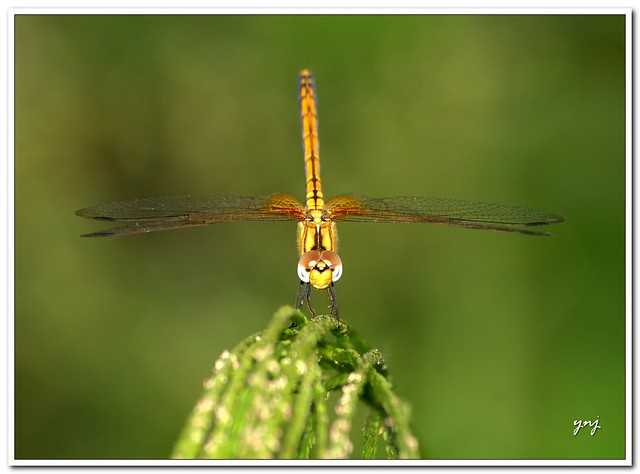
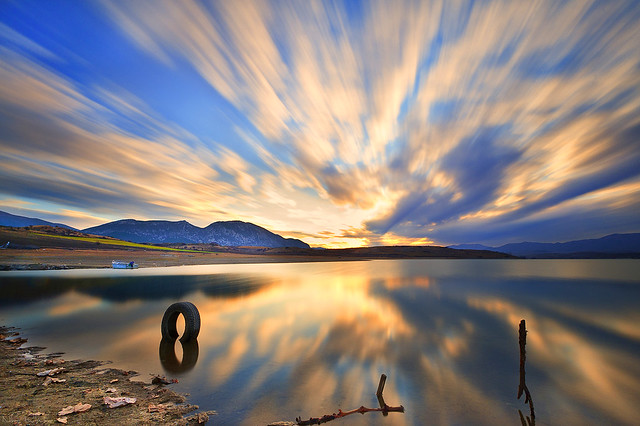





3 Comments
I just wish you had used some word other than “interesting” in your seventh question. I understand what you are saying, but there have been numerous shots I’ve taken that looking at straight out of camera I wouldn’t consider interesting. However, after a little postproduction work, they became some of my favorite photos.
While I agree one of the best ways to improve is to become more discerning before pressing the shutter release–for me at least–it’s the photos I don’t take that I wind up regretting.
These are great things to keep in mind when composing photos. It’s good to slow down and be deliberate. I used to keep a list with me until it became second-nature. My photography improved a lot by doing that.
The two that really resonate with me are shutter speed and background. I’m pretty experienced but those two can still get me in the heat of the moment. One has to know ones limitations regarding the handholdability (?) of all of our lenses. I’m big on getting some hours up with a new lens before it really matters. I know what I can do but still get tripped up if I’m a bit rushed or just forget. And background is very forgettable, until the photo is in front of you, then that garbage bin or telegraph pole is all you see. The same can be said for photographing over, say, a dining table where a little arranging or clearing of the foreground – the wine bottle or candlestick – may make all the difference. A pro told me that we photograph backgrounds. I know what he means.